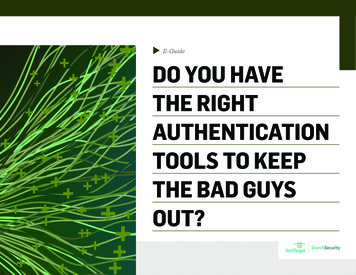
Transcription
attack was effective on all versionsof Windows since Windows 2000 (even though thisis wasn’t relevant until BitLocker was introducedwith Windows Vista).I suspect this weakness in the protocol comesabout because this threat model was not applicable when it was originally designed. At that pointin time, an attacker having physical control of aclient machine meant it was already totally compromised. However, as this paper demonstrates,the threat model needs to be revisited. What wasonce a perfectly reasonable protocol breaks downunder this revised threat model. This is a good lesson to be taken from this research. Threat modelscan change over time even when the software inquestion doesn’t. However, when threat modelschange, the security architecture of applicationsmay need to be carefully revised along with them.are vulnerable. On such machines, any data thatcan be read by the domain account is then readableby the attacker. If the domain account has localadministrative rights, this means all data on thedrive can be read. Essentially, BitLocker providesno protection on these systems.Microsoft has investigated this issue and is planning to release an update which prevent this exploit in November 2015. As usual, the most important security procedure is to make sure you haveapplied all security updates to your eff
2 Full Disk Encryption Full Disk Encryption (FDE) is a technique of se-curing data at rest by encrypting all data before it is written to a disk (or, depending on the imple-mentation, a particular volume/partition). FDE avoids the problem of needing to selectively spec-ify what data should be considered sensitive by protecting all data on the system.

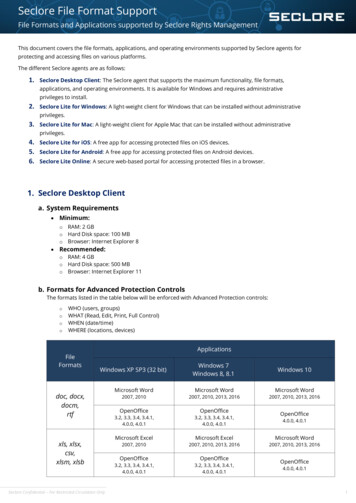
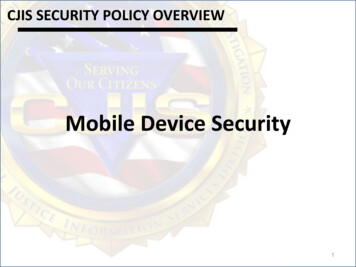
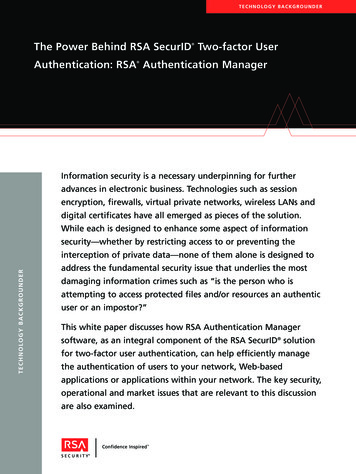
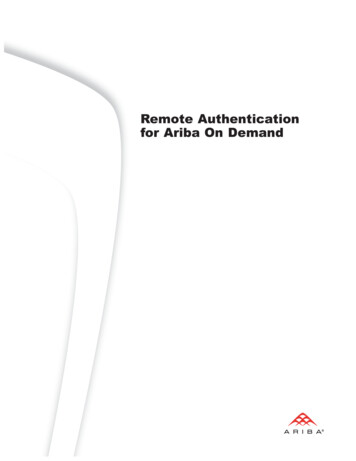
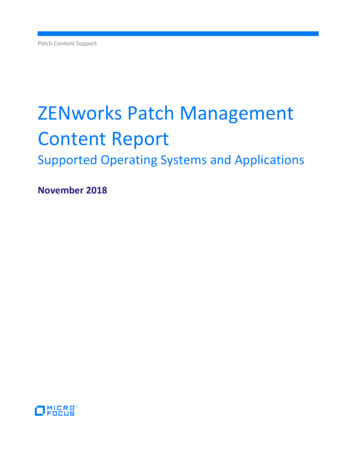


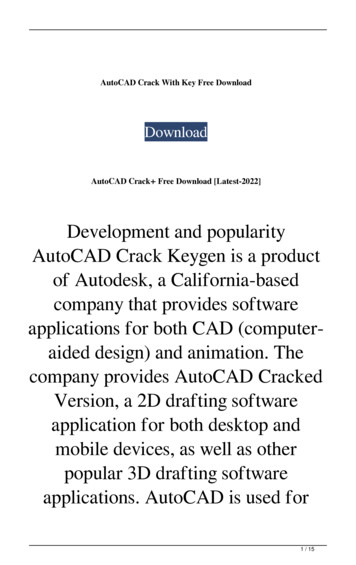
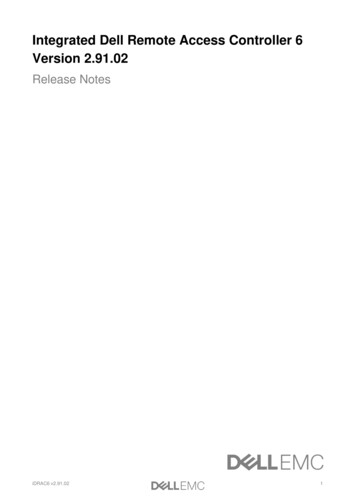
![[MS-OFBA]: Office Forms Based Authentication Protocol](/img/3/ms-ofba.jpg)
